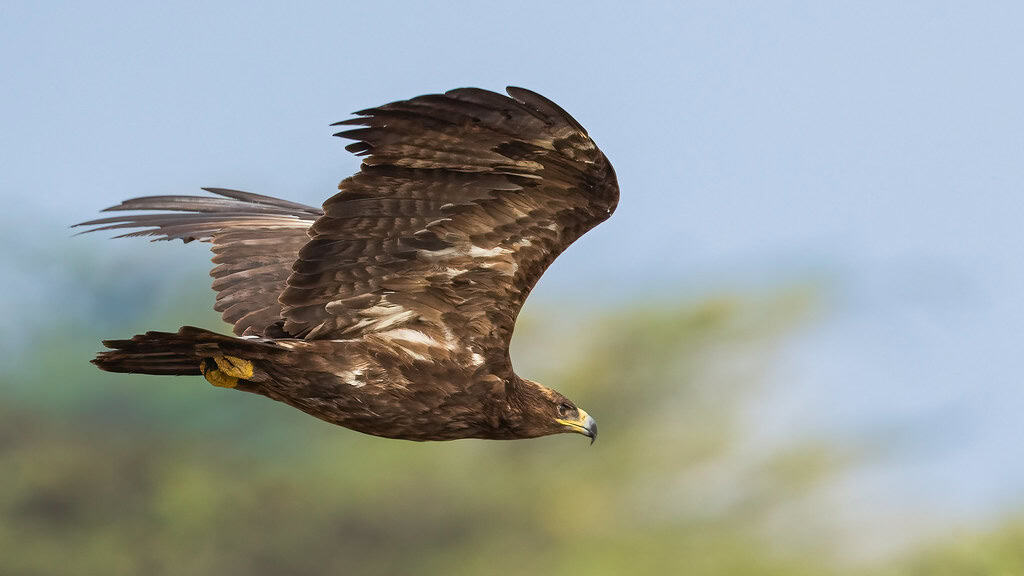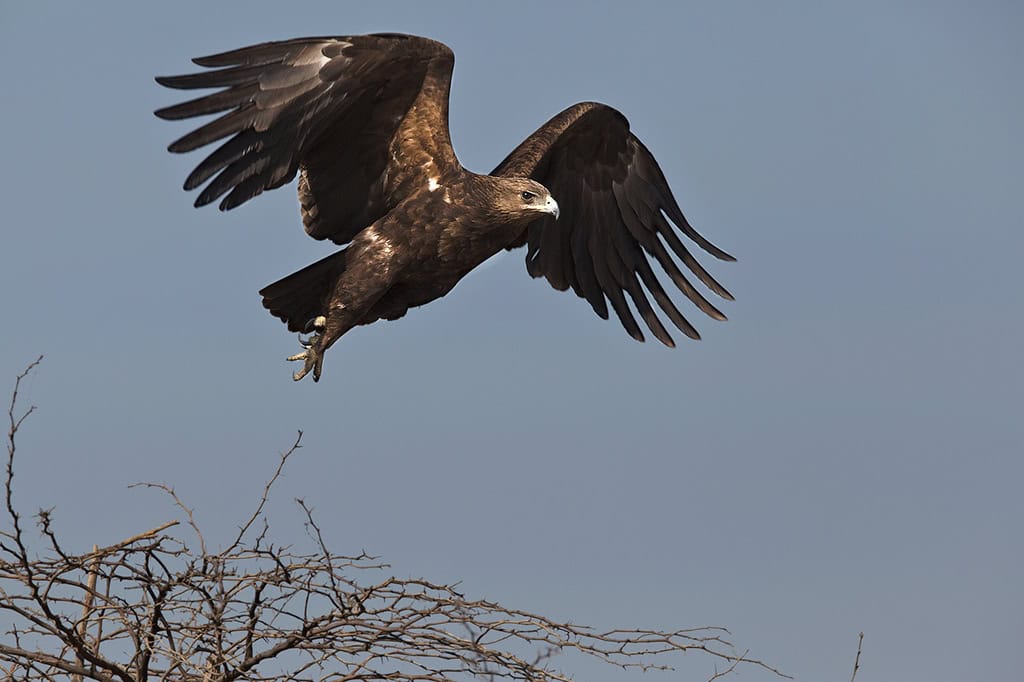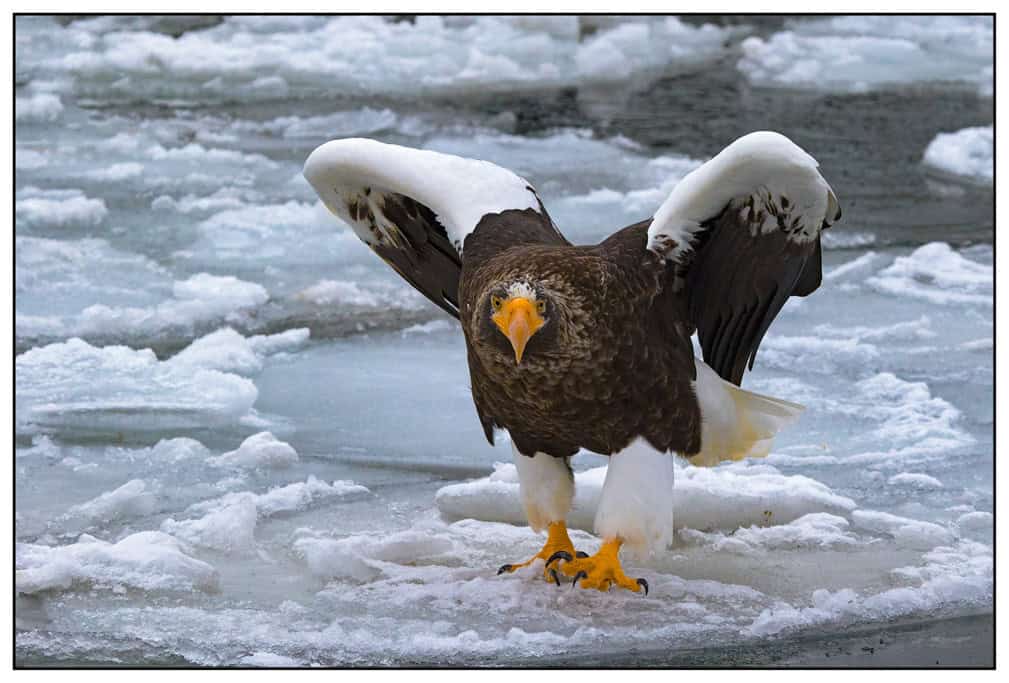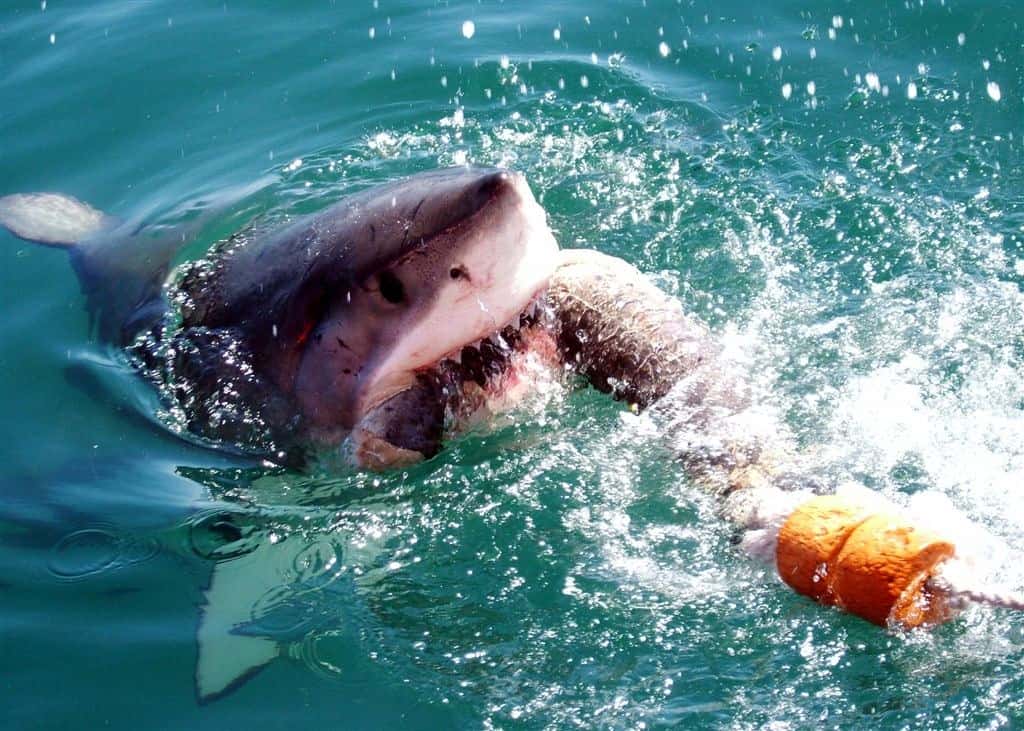Nature’s realm is filled with fascinating creatures, each dominating their respective domains with remarkable adaptations and hunting prowess. Among these apex predators, sharks rule the oceans while eagles command the skies. But what happens during those rare moments when these two powerful predators’ paths intersect? This article explores the fascinating ecological, behavioral, and physical dynamics of shark and eagle interactions in their natural habitats, examining the circumstances that might bring these creatures together and the likely outcomes of such unusual encounters.
Different Domains: Ecological Separation

Sharks and eagles represent perfect examples of ecological separation, occupying distinctly different habitats within Earth’s vast ecosystems. Sharks, as marine predators, spend their lives entirely in aquatic environments, ranging from shallow coastal waters to the deepest oceanic regions depending on the species. With over 500 shark species globally, these cartilaginous fish have evolved specifically for life in water, with specialized gills for breathing underwater, streamlined bodies for efficient swimming, and keen senses optimized for detecting prey in marine conditions.
Eagles, conversely, are terrestrial and aerial creatures, with approximately 60 species worldwide. These raptors build nests on land—often in tall trees or cliff faces—and rely on flight as their primary mode of transportation and hunting. While some eagle species, particularly sea eagles and fish eagles, do interact with aquatic environments during hunting, they remain fundamentally air-breathing vertebrates that cannot survive underwater. This fundamental ecological separation means that full interactions between sharks and eagles are naturally limited by the physical boundaries between air and water.
Coastal Convergence Zones

The most likely scenarios for shark-eagle interactions occur in coastal convergence zones—areas where marine and terrestrial ecosystems meet. Coastal environments, particularly estuaries, beaches, and shallow reefs, create natural interfaces where predators from different domains might occasionally cross paths. In these areas, fish eagles, sea eagles, and osprey (often called fish hawks though technically not eagles) regularly hunt fish by diving into water, while certain shark species patrol shallow waters in search of prey.
Among the most prominent coastal eagles are the bald eagle (Haliaeetus leucocephalus) in North America, the white-bellied sea eagle (Haliaeetus leucogaster) in Asia and Australia, and the African fish eagle (Haliaeetus vocifer) across sub-Saharan Africa. These birds have evolved specialized hunting techniques for catching fish, including the ability to spot prey from considerable heights, dive at speeds up to 100 mph, and grasp fish with powerful talons. Meanwhile, coastal shark species like bull sharks (Carcharhinus leucas), tiger sharks (Galeocerdo cuvier), and various requiem sharks frequently navigate shallow waters where these hunting eagles might dive.
Fishing Eagles’ Hunting Techniques

Eagles that specialize in catching fish have evolved remarkable adaptations and techniques for this purpose. When hunting, these birds typically soar at heights between 50-200 feet above water, using their extraordinary vision—estimated to be 4-8 times stronger than human vision—to detect fish swimming near the water’s surface. Once prey is spotted, the eagle folds its wings and initiates a controlled dive, reaching impressive speeds. Just before impact, the bird extends its legs forward, with talons spread, ready to grasp its target.
What makes this hunting method relevant to potential shark encounters is that eagles must penetrate the water’s surface—the dividing line between domains—to capture prey. Most fishing eagles only submerge their talons and lower legs, minimizing their vulnerability. However, some species, particularly the osprey, may plunge entirely beneath the surface momentarily. During these brief underwater excursions, lasting only seconds, eagles become temporarily vulnerable to aquatic predators. This hunting behavior represents the primary scenario in which eagles might directly encounter sharks, creating a fleeting moment when predators from separate domains occupy the same physical space.
Shark Predation Patterns Near the Surface

Understanding shark feeding behaviors in surface waters provides crucial context for potential eagle encounters. Many coastal shark species spend considerable time hunting in the upper water column, especially during dawn and dusk—prime feeding periods that coincide with eagle hunting times. Sharks like bull sharks, blacktip sharks (Carcharhinus limbatus), and spinner sharks (Carcharhinus brevipinna) regularly patrol just below the surface, using their keen senses to detect prey from below.
Sharks possess an array of sensory advantages in water, including electroreception through specialized ampullae of Lorenzini that detect tiny electrical impulses generated by other animals’ muscle movements. Their lateral line system detects pressure changes and movement in the water, while their olfactory abilities can detect blood in concentrations as low as one part per million. When a fishing eagle plunges into the water, it creates significant disturbance—splashing, vibrations, and movement patterns that sharks are evolutionarily programmed to investigate as potential feeding opportunities. This sensory alertness makes sharks particularly responsive to the disruption caused by an eagle’s hunting dive.
Documented Cases of Eagle-Shark Interactions

While rare, there are several documented cases of direct interactions between eagles and sharks. Wildlife photographers have captured dramatic sequences of sea eagles occasionally snatching small sharks from the water. One notable instance occurred in South Carolina, where a photographer documented a bald eagle carrying a small dogfish shark (likely a species from the Squalidae family) in its talons. Similarly, white-bellied sea eagles in Australia have been observed capturing juvenile reef sharks weighing up to 4-5 pounds.
Conversely, there are verified accounts of sharks attacking eagles during their fishing dives. In Florida, wildlife researchers documented a case where a hammerhead shark (Sphyrna species) seized an osprey that had fully submerged during a hunting dive. A more frequently observed scenario involves sharks stealing fish that eagles have already caught—a behavior known as kleptoparasitism. These documented cases, while uncommon, confirm that these cross-domain predator interactions do occur naturally, primarily when eagles enter the shark’s domain rather than the reverse.
Size and Strength Comparison

When considering potential interactions, the relative size and physical capabilities of each animal become significant factors. Eagles vary considerably in size across species, with the largest, such as Steller’s sea eagle (Haliaeetus pelagicus), weighing up to 20 pounds with an 8-foot wingspan. Even the most powerful eagles, however, can typically only lift prey weighing approximately 4-5 pounds sustained flight, though they can briefly hoist heavier weights during take-off.
Sharks, meanwhile, demonstrate enormously greater size potential. Even medium-sized coastal sharks frequently encountered in eagle fishing zones—like blacktip sharks—commonly weigh 40-100 pounds. Larger species like bull sharks and tiger sharks can exceed 500 pounds. This dramatic size disparity means that while eagles can potentially capture and carry very small juvenile sharks, they are physically incapable of lifting most sharks they might encounter. Conversely, many coastal shark species are easily large enough to overpower even the largest eagles should the bird become vulnerable in water.
The Momentary Vulnerability of Eagles

The critical moment of vulnerability for eagles occurs during their fishing dives when they transition from aerial superiority to aquatic disadvantage. An eagle’s powerful wings, lightweight hollow bones, and specialized feathers—all adaptations that make them formidable in air—become liabilities underwater. When submerged, eagles experience drastically reduced mobility, limited vision, and impaired sensory perception. Most significantly, they can only remain underwater for a few seconds before needing to return to the surface for air.
This brief period of vulnerability creates a narrow window during which a shark might attack. The risk increases dramatically if the eagle becomes entangled with prey too heavy to lift immediately or if its feathers become waterlogged. Field observations suggest that experienced fishing eagles mitigate this risk through behaviors like minimizing submersion time, preferentially hunting in clearer, shallower waters with better visibility, and rapidly using their powerful wings to propel themselves back into the air—often launching from the water’s surface within 1-2 seconds of impact.
Shark Attack Risk Assessment

Not all shark species pose equal threat to eagles during fishing dives. Risk factors include the shark’s size, feeding behaviors, and typical hunting zones. Species like great white sharks (Carcharodon carcharias) primarily hunt by attacking from below with great speed, which could theoretically target a diving eagle. However, these sharks typically inhabit deeper waters than those where eagles commonly fish. More realistic threats come from opportunistic coastal predators like bull sharks, which are known to patrol extremely shallow waters and demonstrate particularly bold feeding behaviors.
Several environmental factors also influence attack probability. Water clarity plays a significant role—in turbid water with low visibility, sharks rely more heavily on non-visual senses and might mistake a plunging eagle for typical prey. Seasonal considerations also apply; during periods when sharks aggregate for breeding or migration, encounter probability increases. Areas with abundant fish schools attract both predators simultaneously, raising interaction likelihood. Statistical analysis suggests these encounters remain exceptionally rare given the millions of fishing dives eagles perform annually across their ranges.
The Advantage of Specialized Domains

Evolutionary biology helps explain why cross-domain predator interactions remain uncommon and typically disadvantageous for both parties. Through millions of years of evolution, both sharks and eagles have developed highly specialized adaptations optimized for their respective environments. Sharks’ streamlined bodies, cartilaginous skeletons, and specialized sensory systems represent perfect adaptations for aquatic predation but render them completely helpless on land or in air. Similarly, eagles’ hollow bones, feather structure, and respiratory systems allow for remarkable aerial performance but create significant limitations underwater.
This specialization principle explains why, even when opportunities for interaction exist, both predators generally maintain a respectful distance from the ecological boundaries that separate them. Eagles typically avoid deep-water fishing when possible, preferring to target prey in the shallowest waters available. Many fishing eagles have evolved behaviors like hovering to spot prey from optimal angles, allowing them to determine water depth and potential threats before committing to a dive. This evolutionary wisdom—encoded in instinctive behaviors—helps minimize dangerous cross-domain encounters.
Ecological Significance of Rare Interactions

While direct physical encounters between sharks and eagles might be uncommon, their ecological relationship holds greater significance. Both predators occupy similar trophic levels in their respective food webs, often targeting the same fish species that move between depth zones. This creates a form of indirect competition and niche partitioning based on vertical water column distribution. Fish populations must evolve strategies to avoid both aerial and aquatic predators simultaneously, driving interesting evolutionary adaptations.
In some coastal ecosystems, eagles and sharks create a “landscape of fear” that influences prey behavior. Scientific studies have documented how fish in shallow waters must balance competing risks—venturing too deep exposes them to sharks, while swimming too near the surface makes them vulnerable to eagles. This dual predator effect shapes ecosystem dynamics in ways that single-predator systems do not. Conservation biologists increasingly recognize the importance of maintaining both top predator types to preserve healthy aquatic ecosystem function through these complex interaction webs.
Human Observation and Cultural Significance

Human fascination with potential shark-eagle encounters extends beyond scientific interest into cultural and symbolic domains. Both predators have featured prominently in human mythology across cultures, typically representing opposite elemental forces—eagles symbolizing air, freedom, and celestial power, with sharks embodying water, mystery, and primordial strength. Various indigenous cultures worldwide have incorporated the conceptual meeting of these creatures in creation myths and traditional stories, often portraying them as powerful spirits with domain-specific authorities.
In modern contexts, the theoretical clash between these apex predators continues to capture public imagination. Wildlife photographers and documentary filmmakers actively seek to capture these rare interactions, with footage of eagles catching small sharks or narrowly escaping larger ones becoming viral sensations when recorded. This persistent human interest reflects our broader fascination with predator-prey dynamics and the dramatic tension created when creatures from different realms briefly intersect in what ecologists sometimes call “predatory convergence events.”
Conservation Implications

Understanding the dynamics of shark-eagle interactions carries important conservation implications. Both predator groups face significant population threats globally—many shark species have declined by over 70% in recent decades due to overfishing, finning, and habitat degradation, while numerous eagle species have suffered from pesticide bioaccumulation, habitat loss, and direct persecution. Conservation efforts for both groups increasingly focus on protecting critical coastal interface zones where their domains potentially overlap.
Environmental changes further complicate these dynamics. Climate change affects water temperatures and fish distribution patterns, potentially altering traditional hunting territories for both predators. Rising sea levels may submerge important eagle nesting sites while changing the topography of shallow hunting grounds. Increased storm frequency may create more turbid water conditions that disadvantage visual hunters like eagles while potentially benefiting sharks’ non-visual hunting methods. These shifting conditions could theoretically increase encounter frequencies between these predators as their optimal hunting zones undergo geographical redistribution.
Conclusion: Respecting Nature’s Boundaries

The potential encounter between a shark and an eagle represents a fascinating intersection of evolutionary domains, where predators specialized for entirely different environments briefly converge. While direct physical interactions remain exceptionally rare and predominantly occur when eagles enter the shark’s aquatic territory during hunting dives, these moments offer valuable insights into ecological boundaries, predator adaptations, and the evolutionary wisdom of domain specialization.
For scientists, these unusual encounters highlight the importance of studying predator-prey dynamics across environmental interfaces rather than viewing ecosystems as isolated units. The primary takeaway is that evolution has created powerful domain specialists whose incredible abilities come with inherent limitations when venturing beyond their adapted environments. This principle extends throughout nature, where species tend to maximize their competitive advantages within specific niches.
Perhaps most importantly, the shark-eagle dynamic reminds us that nature’s most successful predators are not necessarily those with the broadest capabilities, but rather those most perfectly adapted to their specific environmental challenges. As climate change and human activities increasingly blur traditional ecological boundaries, understanding how specialized predators navigate these changing interfaces becomes increasingly relevant to conservation efforts for both magnificent creature groups.
In the end, both sharks and eagles command respect as evolutionary marvels, each perfectly crafted for dominance in their respective realms—a testament to the diverse paths that natural selection can take when shaping the ultimate predators for Earth’s varied environments.
- 9 Animals That Have an Extra Sense Humans Can’t Even Imagine - August 19, 2025
- 17 Dog Breeds With The Shortest Live Expectancy - August 19, 2025
- What Makes Male Snake Reproduction So Interesting? - August 19, 2025

